|
I returned to White Water Draw (WWD) in Cochise County right after Christmas, the afternoon of Saturday the 26th, and the morning of the 27th, accompanied by my wife DJ, always the able bird spotter and companion. White Water Draw in December and January is winter home for thousands of Sandhill Cranes. Below is a view of WWD at 9 am on the 27th, facing southwest. The morning sun is throwing heavy shadows on the hills. WWD has excellent walking paths and occasional benches. In the distance you can see one of the platforms build out over the marsh, bringing visitors closer to the water and the cranes. Below are 4 cranes returning to their roosting site at WWD after a morning of foraging for corn left in the fields after the fall harvest. WWD is also home, or home away from home, for many other bird and animal species. 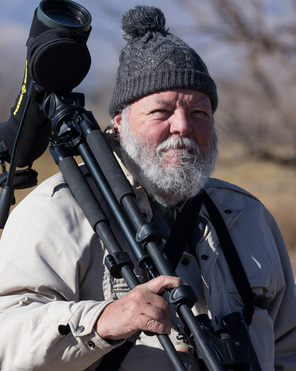 Saturday afternoon was cold and windy, with most birds keeping warm somewhere out of view, and the cranes hunkered down on the marsh. After a short cold visit, we warmed up in Bisbee overnight, and discovered Sunday morning to be clear with little wind. At 8 am we joined the Director of the Southeastern Arizona Bird Observatory and Naturalist Tom Wood, for one of SABO's early morning bird walks. Check out their calendar of events here. We signed up in advance, and had a wonderful morning. Many thanks to Tom for the wonderful introduction to SABO, all the work they do for WWD, and for his permission to use his likeness, to the right! We could not have had a better guide/companion or a better morning. Morning walk, Sunday December 27th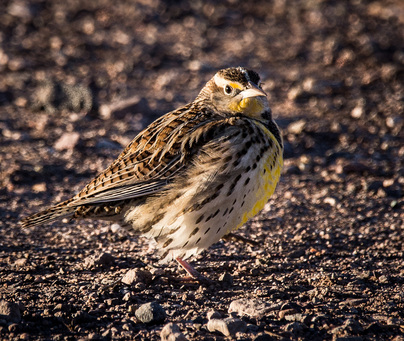 We met Tom in the parking lot at 8 am. For a map of WWD see my posting of November 11, 2015. It is about a 30 minute drive from Bisbee. Our first sighting was the Meadow Lark to the right, enjoying the early morning sun in the parking lot. This time of year is cold in Cochise County, and ice forms on the water, usually melting away by the end of the day. We spotted a group of Northern Shoveler's, males in mating plumage, standing on the ice. So what is colder, standing on the ice or floating in the water? This group was preferring the ice. Below are two male Northern Shoveler's in flight, an image I grabbed on Saturday afternoon. Again, they are in mating plumage. As we worked our way toward the water, we spotted the male Pyrrhuloxia, below: Sitting on a branch in a field, a Loggerhead Shrike, below: Later in the morning, we spotted a Northern Harrier Hawk sitting in a field of grass. I got several shots, this one with the hawk looking our way. Not the sharpest image, but good enough to show the shape of the hawk's head, similar to that of an owl. Toward the end of the morning, we spotted a Cooper's Hawk on a distant snag. I was able to advance slowly before he took off, getting this image: Late morning we took a break and thanked Tom Wood for the great tour of WWD. The image below is shot looking northeast. Return of the Sandhill Cranes . . . . .Sandhill Cranes are large birds, with long necks, long legs and wide wings. They mate for life, can live 30 years, and tend to stay in family groups as they migrate back and forth from summer breeding grounds in Canada and the northern U.S. to winter foraging in Arizona/New Mexico wetlands, and for some species, Florida. For details of the birds, their behavior and ranges see the Cornell Lab of Ornithology website and The Aldo Leopold Foundation site. We returned to one of the platforms about 11 am and waited for the noon rush back to the roost. About 11:30 am we spotted birds on the horizon as one wave of cranes after another came out of the north and northwest toward WWD. The two images below come from over 600 I captured in less than an hour. Each image is a fraction of the flock in the air, hopefully showing their dense flight pattern as well as details of these beautiful birds. As the birds flew in from the northwest in wave after wave, they entered a swirling fight pattern above us, all the while producing their characteristic trumpeting. As though being cleared by flight control, they broke out of the circular pattern and descended for a landing, dropping their legs, and raising their bodies and necks. On the ground the birds create a uniform gray mass. However, my wife and spotter noted that one bird looked different from the rest: A different bird? A different species? We asked Tom Wood via email, and he tells us that Sandhill Cranes are brown or red as juveniles during their first year, but molt before fall migration begins. However, about 1 out of 1,000 do not molt, for whatever reason, and arrive in Southern Arizona with their juvenile colors. Mystery solved! That is it for now! January should bring more cranes to WWD. Find some time to get down there. Dress warmly, and bring hot coffee. Happy New Year! Honk if you like White Water Draw!
0 Comments
Leave a Reply. |
AuthorHenry Johnson, photographer and author of this site. For more detail, see About
Categories
All
Archives
July 2024
|
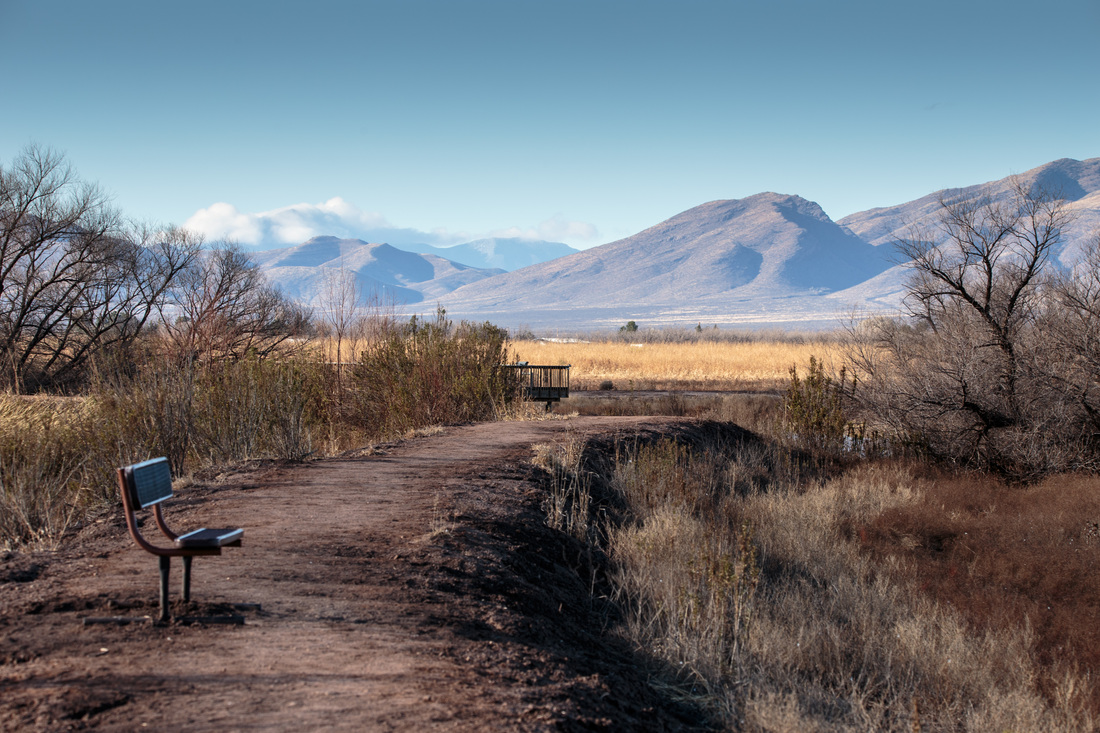
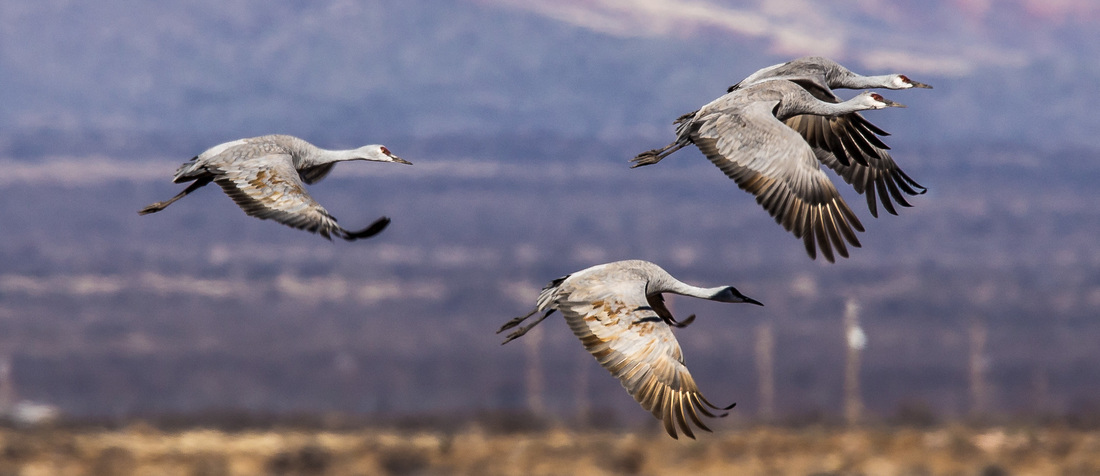
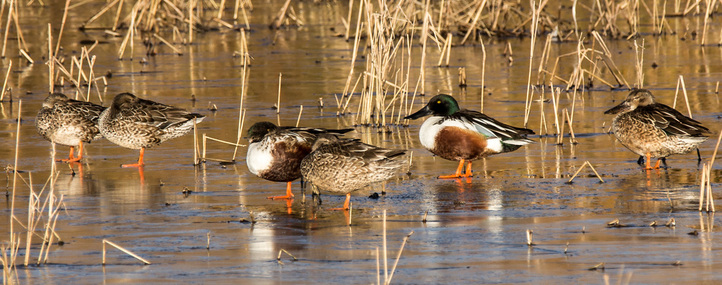
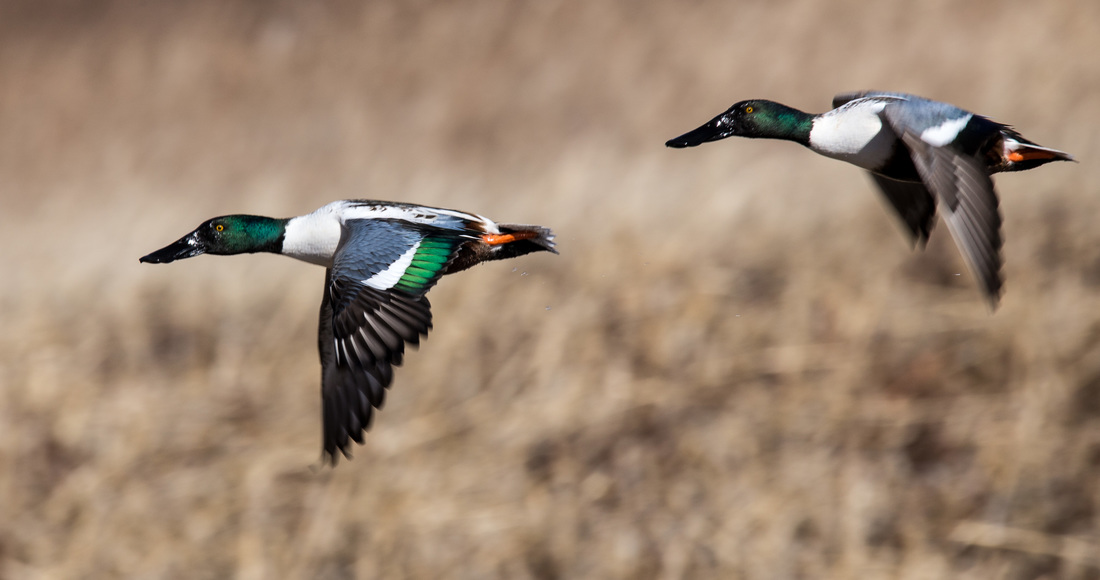

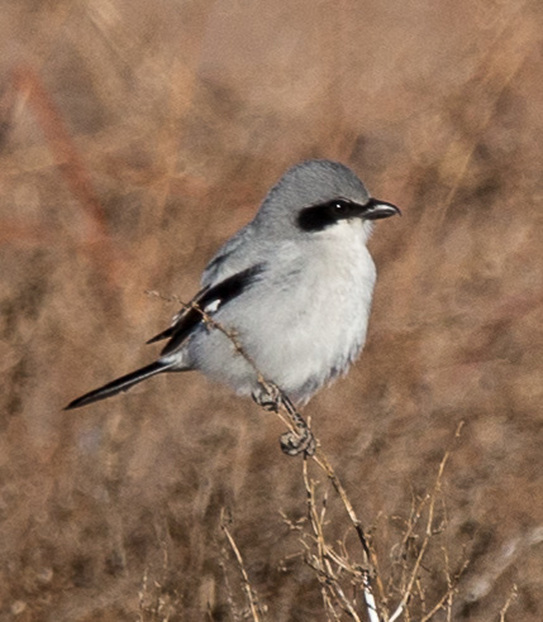
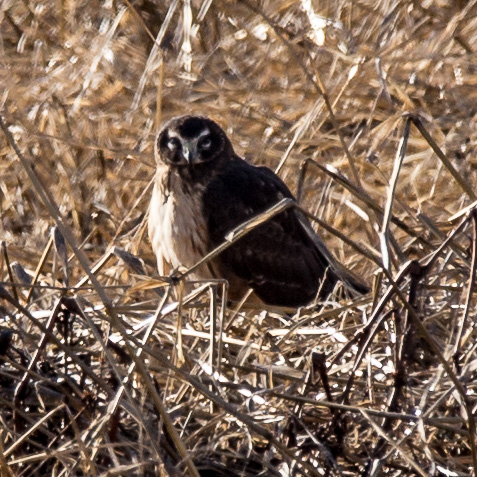
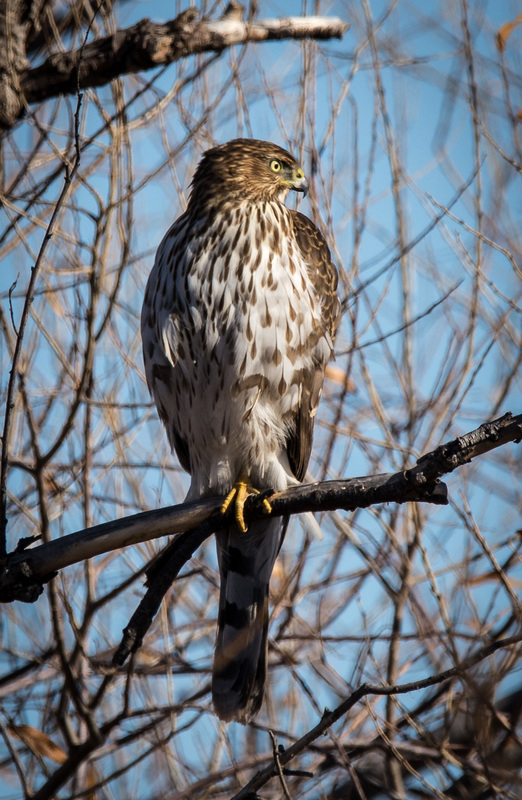
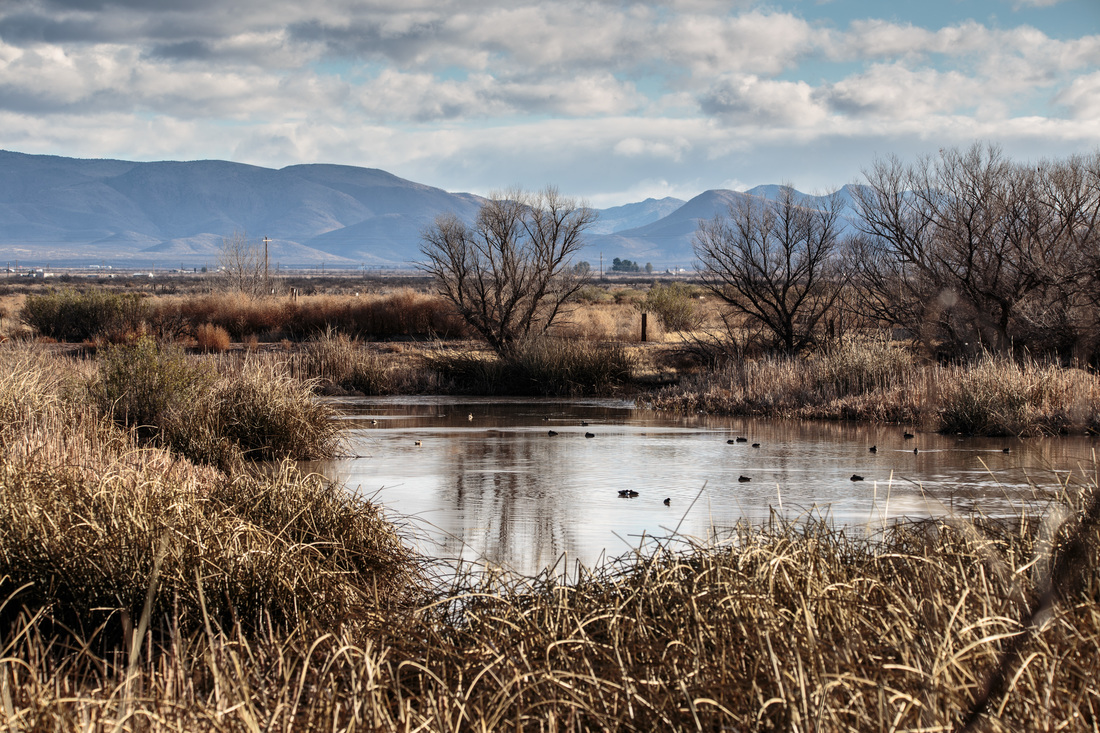


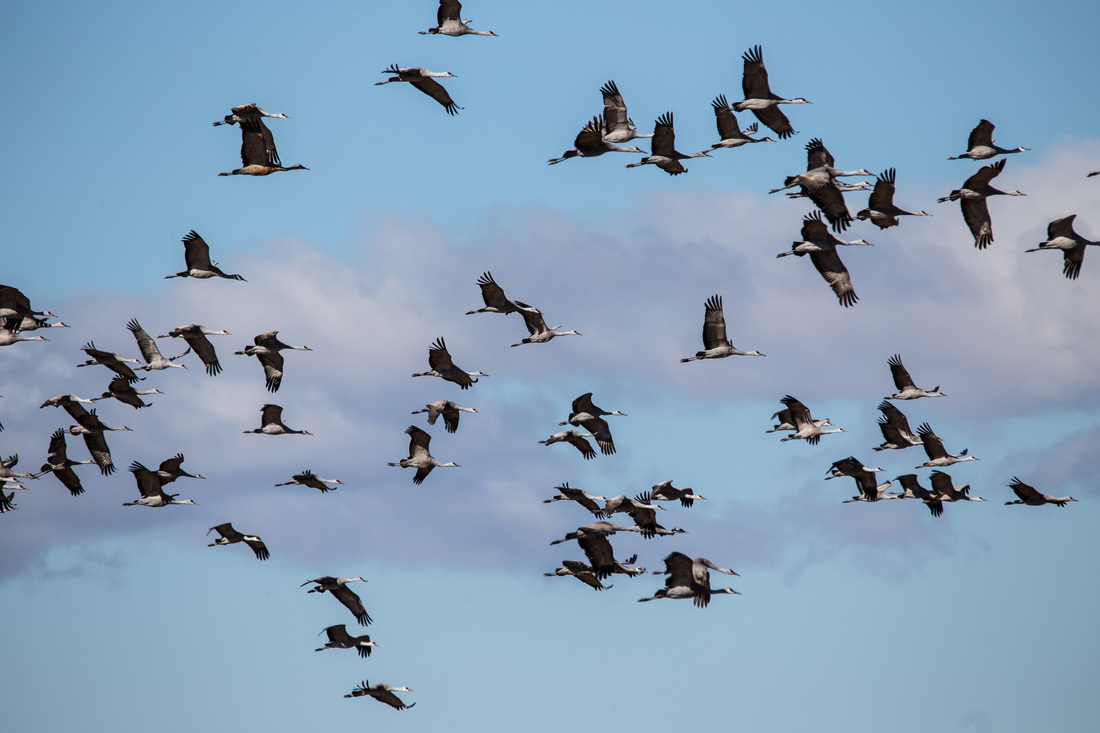
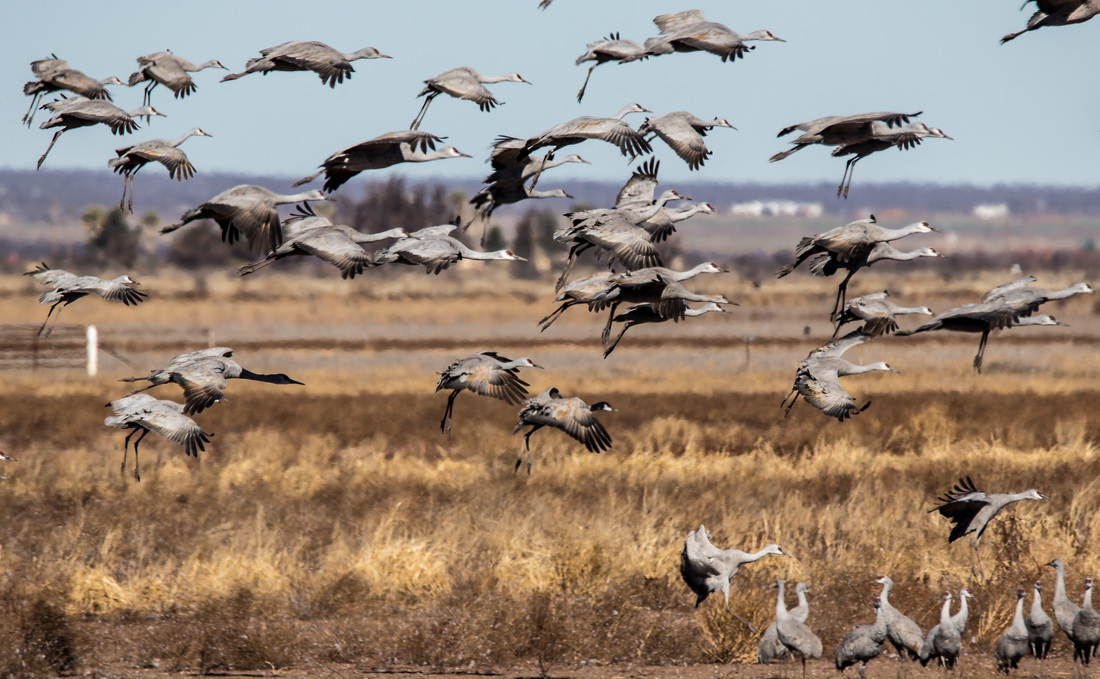
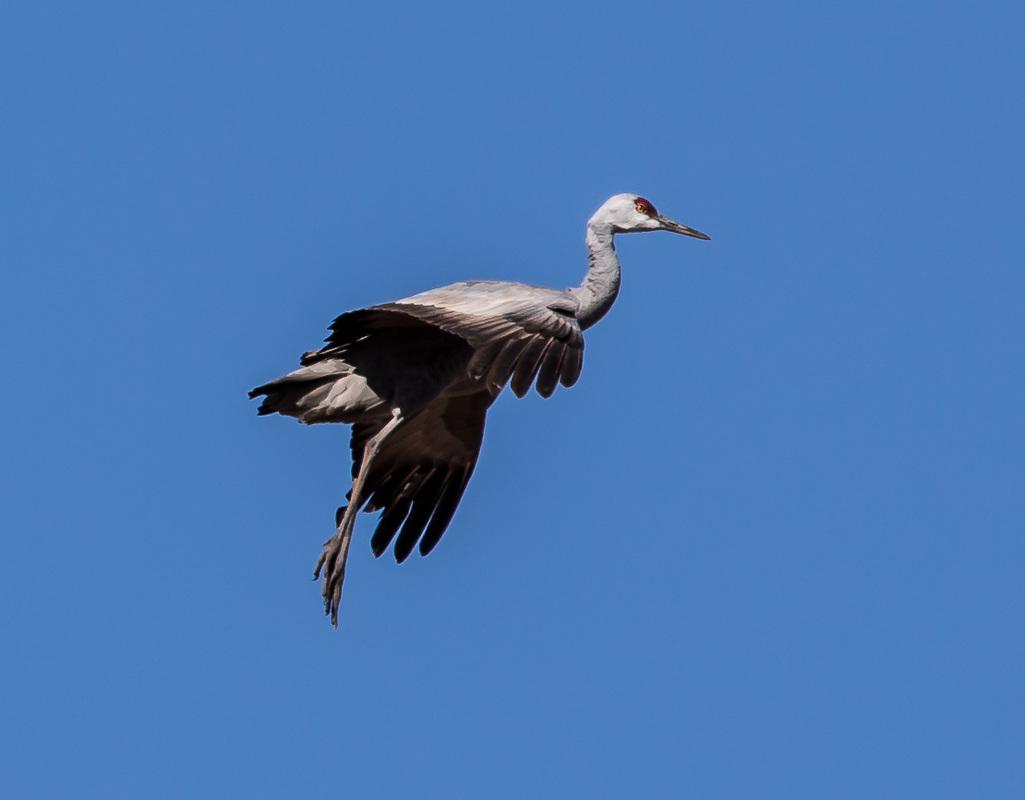
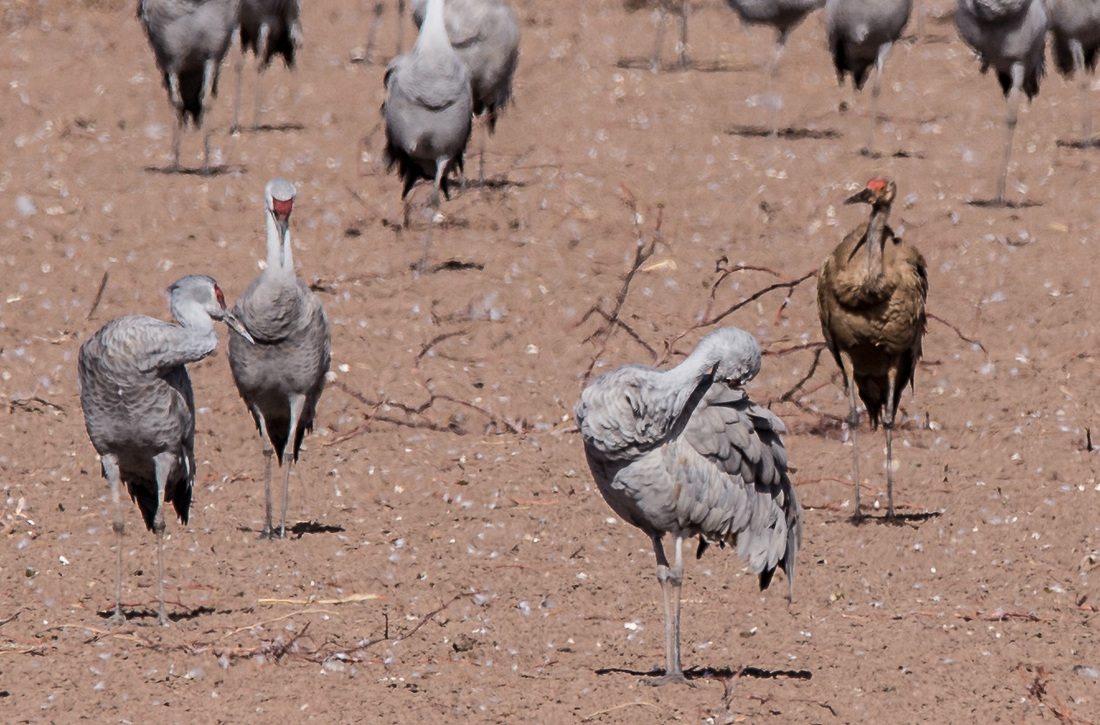
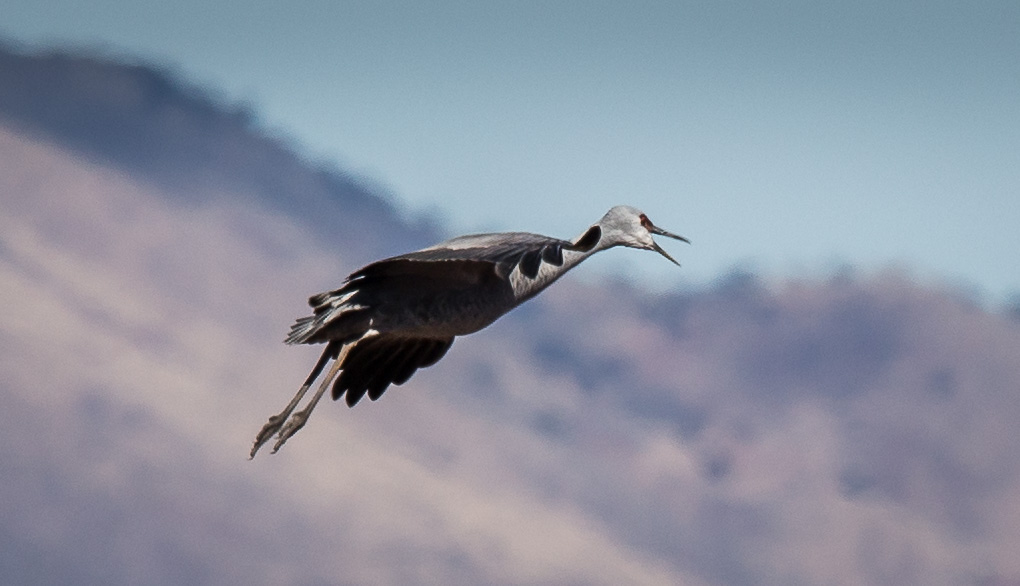
 RSS Feed
RSS Feed